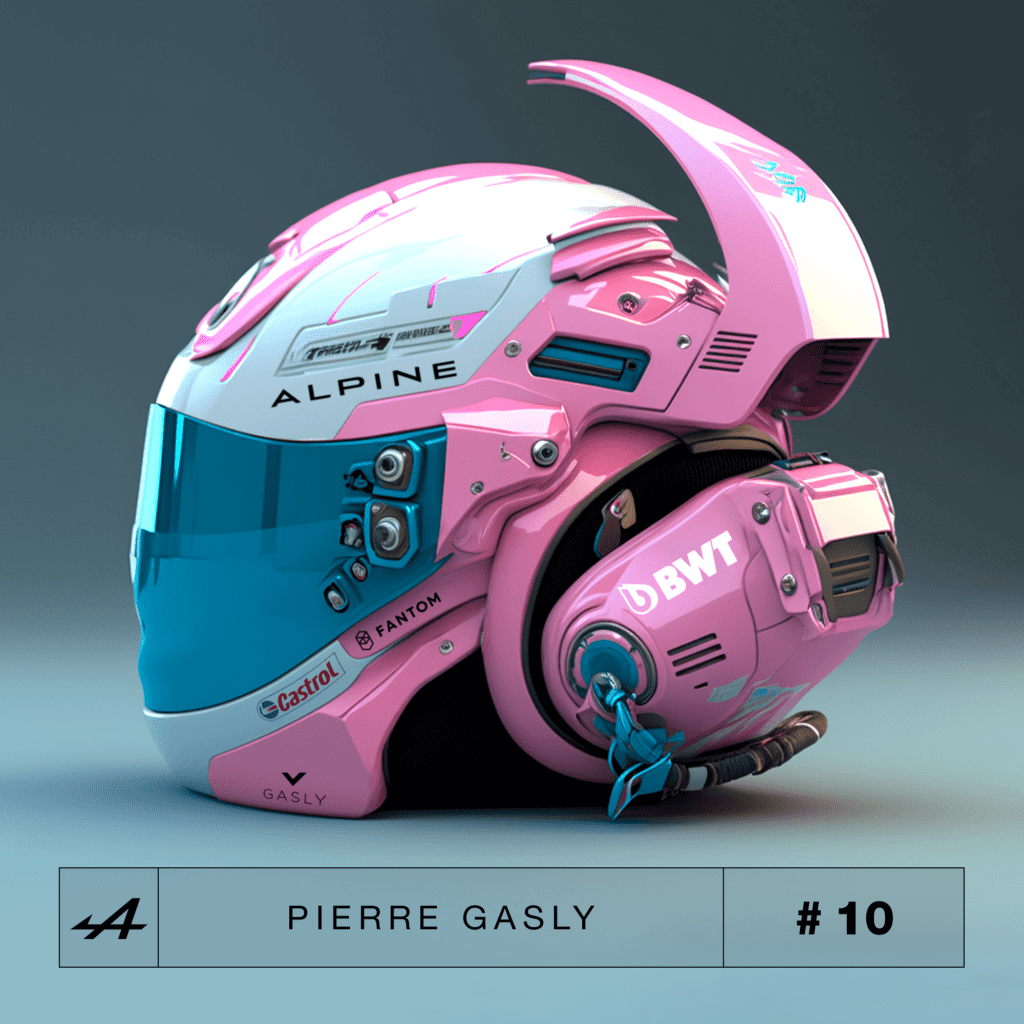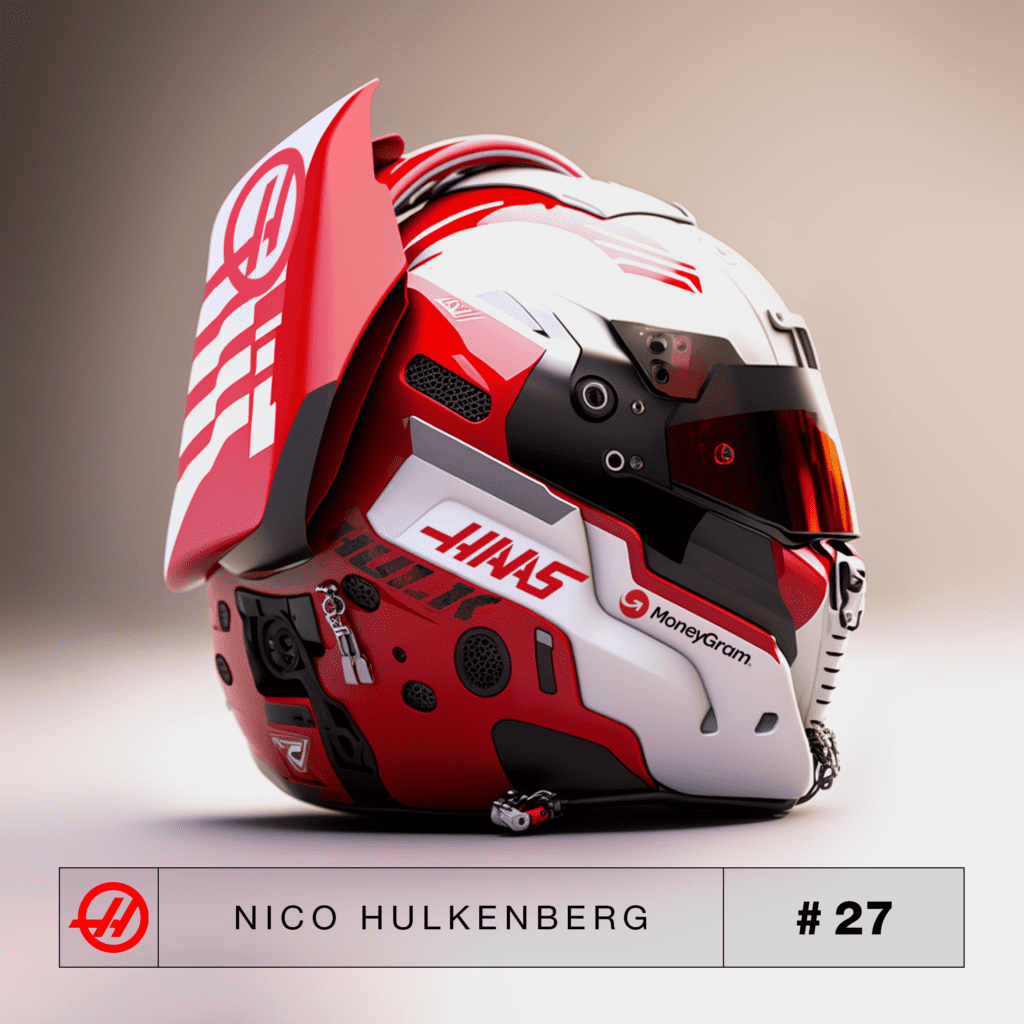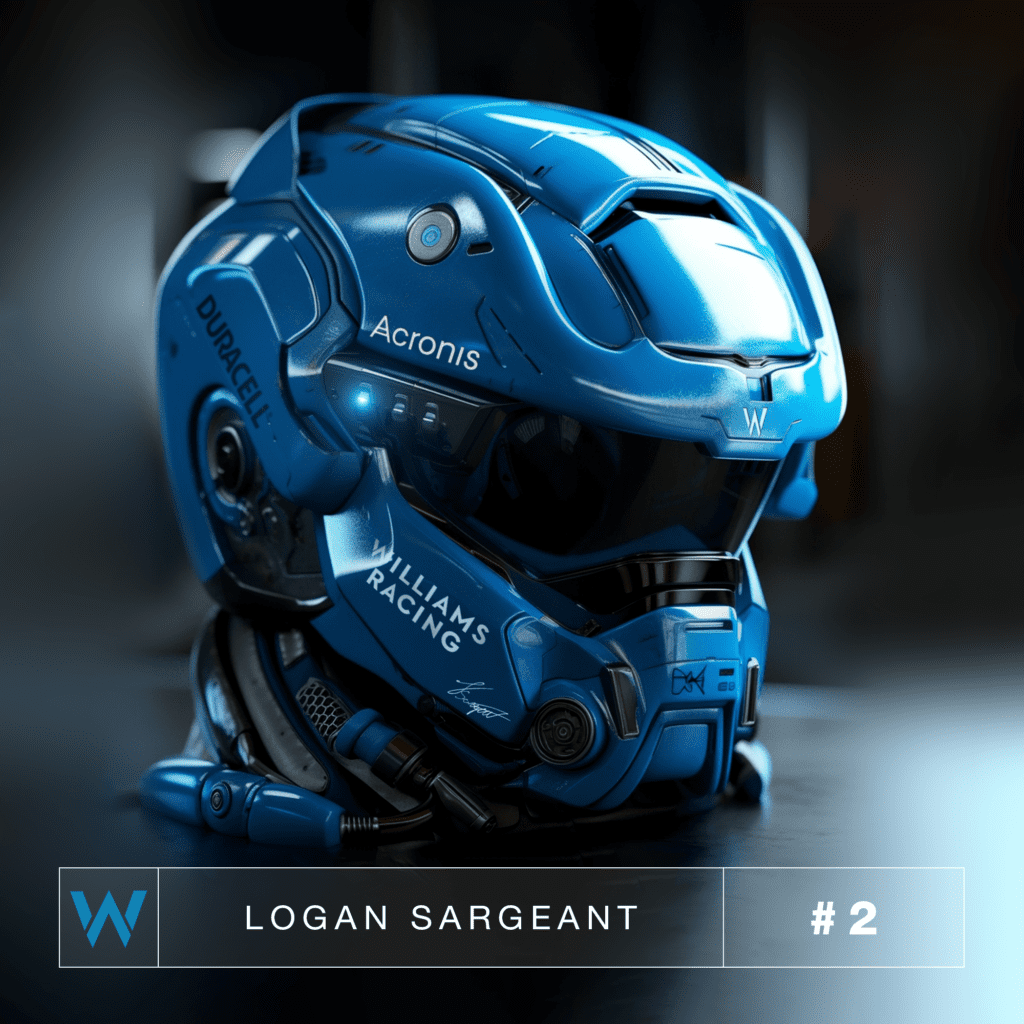From Beeple to Snowden: Unveiling the Pricey World of NFT Art
Fast Facts:
- NFT artworks have gained tremendous popularity and attention in recent years due to their unique digital nature and blockchain-backed authenticity.
- PFP (Profile Picture) NFTs and traditional NFT artworks both enjoy significant success, with the former garnering mainstream attention and the latter offering new possibilities for artists.
- NFTs eliminate the need for intermediaries like galleries, empowering artists with greater control and introducing royalties schemes that benefit them.
- The value of an NFT artwork is determined solely by the willingness of buyers to pay, leading to skyrocketing prices and repeated record-breaking sales.
- Notable NFT artworks include “Everydays: The First 5000 Days” by Beeple, “Stay Free (Edward Snowden, 2021)” by Edward Snowden, and “Clock” by anonymous digital artist Pak, each contributing to the expanding landscape of NFT art.
In the ever-evolving world of art, a digital revolution has taken hold, transforming the way we perceive and value creative expressions. Non-Fungible Tokens (NFTs) have emerged as a disruptive force, enabling artists to mint their works on the blockchain and redefine ownership in the digital realm. As the market for NFT artworks continues to soar, we delve into the most expensive pieces ever sold, showcasing the awe-inspiring fusion of art and technology.
The Rise of NFT Art
NFT artworks have surged in popularity, captivating both artists and collectors alike. By turning traditional art pieces into NFTs, creators can authenticate their works and establish indisputable ownership through the blockchain. This revolutionary approach liberates artists from the constraints of traditional galleries, offering them greater independence and control over their creations. Moreover, NFTs introduce a royalties system that favors artists, fueling their rapid adoption and the subsequent surge in sales. Among the most popular NFTs are the coveted PFP NFTs, which have not only captured mainstream attention but have also paved the way for widespread recognition of the immense potential of this burgeoning art form.
Everydays: The First 5000 Days
One of the standout examples in the realm of NFT artworks is “Everydays: The First 5000 Days” by renowned digital artist Mike Winkelmann, known as Beeple. This groundbreaking piece compiles 5,000 digital works that Beeple created daily over a span of nearly 14 years. The NFT for this artwork was auctioned at Christie’s, ultimately fetching a staggering $69,346,250. Its sale not only propelled NFTs into the limelight but also sparked controversies surrounding its purpose and the intentions of the buyer, Singapore-based crypto investor Vignesh Sundaresan.
Unveiling Unique Creations
Beyond Beeple’s extraordinary achievements, a multitude of other NFT artworks have garnered significant attention and hefty price tags. “Human One,” another creation by Beeple, showcases a dynamic NFT that evolves over time, with the artist planning to continuously modify its content throughout his life. Clock, an NFT art piece by anonymous digital artist Pak, serves a noble cause by counting the days of Julian Assange’s detainment and raising funds for his legal defense. Meanwhile, Beeple’s “Crossroads” embodies the concept of dynamic art, its form shifting based on real-world events, as it humorously portrays the outcome of the 2020 U.S. presidential election. These unique and thought-provoking NFT artworks exemplify the boundless possibilities that lie within the digital realm.
“The sale of NFT artworks has revolutionized the art market, showcasing the immense value of digital creativity and offering artists newfound freedom in a decentralized landscape.”
NFT Art with Purpose
Not all NFT artworks are driven solely by their monetary value. Beeple’s “Ocean Front” captures the artist’s intention to shed light on climate change and global challenges. Depicting minivans precariously perched on scaffolding, with a tree atop the structure, this artwork serves as a poignant reminder of the fragile state of our world. The NFT was acquired by Justin Sun, founder and CEO of the Tron Foundation, for a significant sum of $6 million. The proceeds from this sale were generously donated to The Open Earth Foundation, a non-profit organization dedicated to raising awareness about climate change.





















